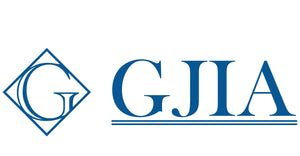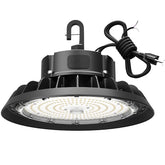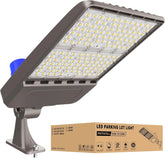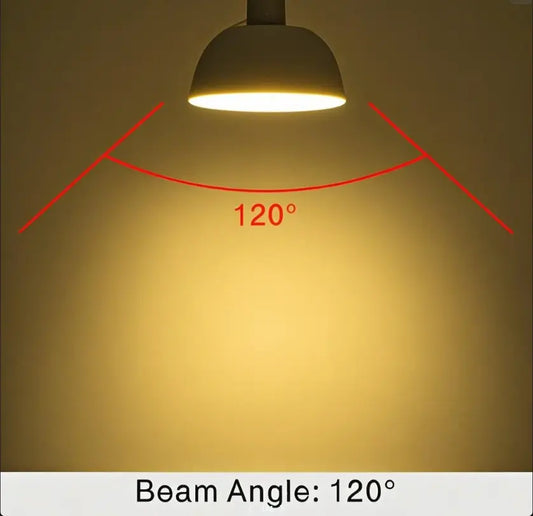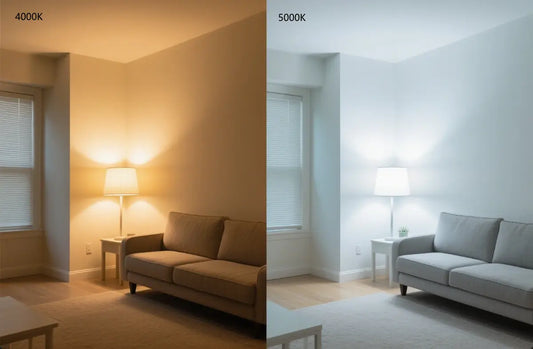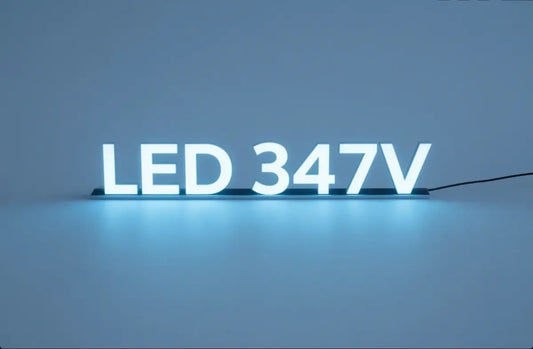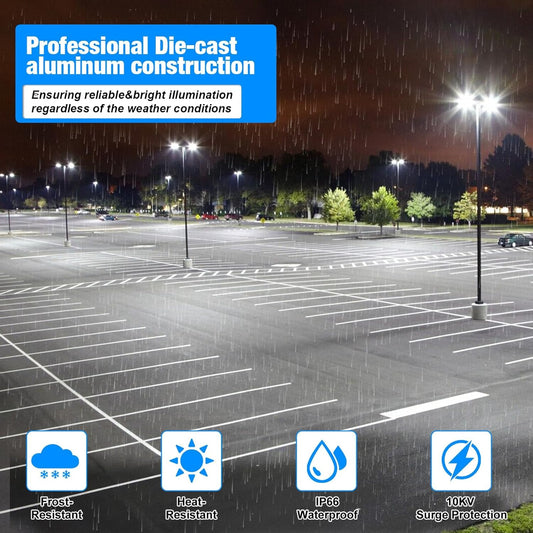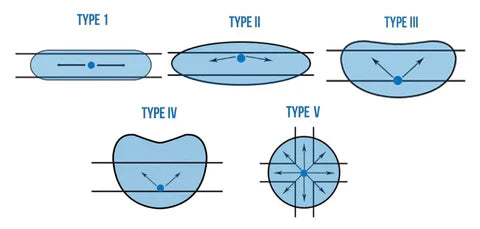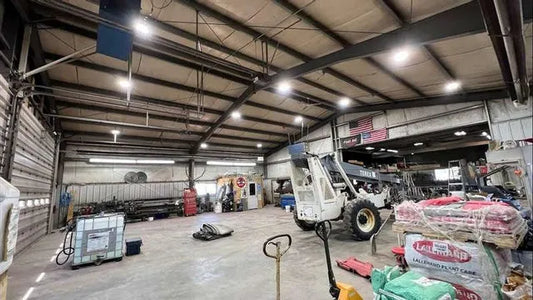What does 120 degree beam angle mean?
Which is Brighter: 4000K Warm Light or 5000K Cool Light?
What is 347V Lighting?
Trump tariffs will continue to increase the price of LED lights
Understanding the Spectrum and Colors of Visible Light
GGJIA Professional LED Lighting Solutions: Expanded Technical Specifications & Applications
Optimizing LED Lighting in Functional Workspaces
What beam Angle is best for your outdoor space?
How many watts is 15000 lumen?
